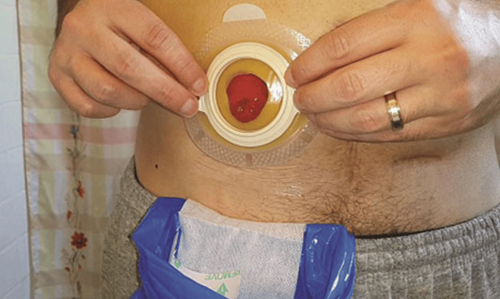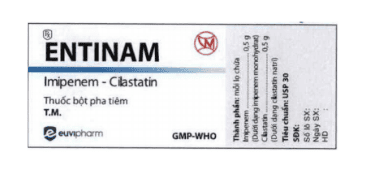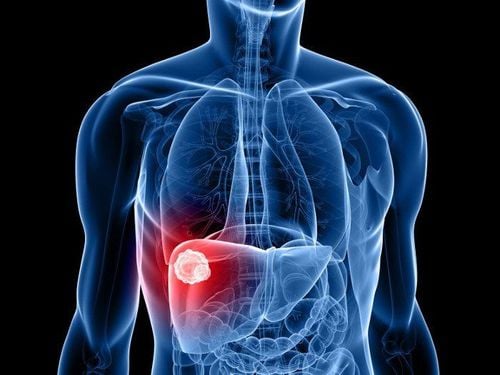This is an automatically translated article.
The article is professionally consulted by Master, Doctor Nguyen Tung Hoanh - Department of Resuscitation - Emergency - Vinmec Nha Trang International General Hospital.Bleeding in the biliary tract is one of the hepatobiliary diseases that, if not diagnosed and treated early, can lead to a high risk of death. Therefore, knowing the symptoms and signs of biliary tract bleeding will help patients have a direction to visit to limit the risk of possible disease complications.
1. What is biliary bleeding?
Biliary tract bleeding is defined as a pathology caused by abnormal communication of the hepatobiliary vessels (including the hepatic artery, portal vein, and hepatic vein) with the bile duct. It is a common surgical emergency and was first described by Francis Glisson in 1654.2. Causes of Biliary Bleeding
2.1. Bleeding due to trauma
In the past, biliary tract bleeding after accidents and injuries was the most common cause, because the impact was too strong on the liver area, damaging the blood vessels and bile ducts, leading to bleeding.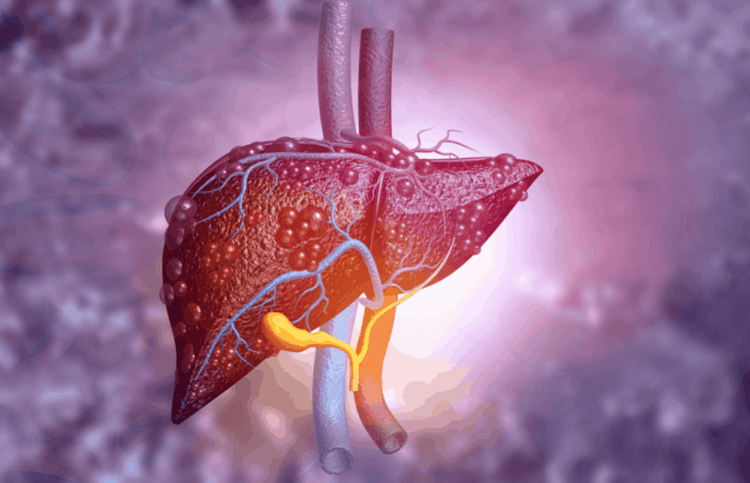
Chấn thương gây tổn thương gan là nguyên nhân phổ biến gây chảy máu đường mật
2.2. Bleeding after surgery, medical procedure
Currently, surgical procedures are the leading cause of biliary tract bleeding complications. These procedures include: Bile puncture, percutaneous bile drainage by Kehr tube or liver biopsy... Laparoscopic surgery is also the cause of biliary tract bleeding. Endoscopic retrograde cholangiopancreatography, endoscopic cholecystectomy or liver tumor resection are among the causes of biliary tract bleeding.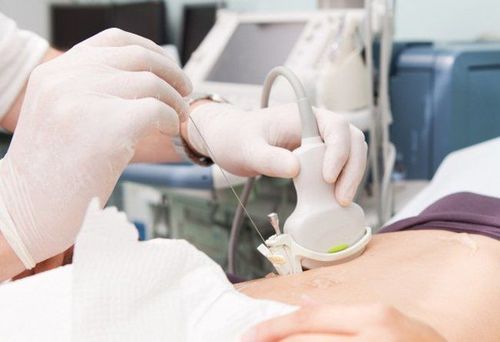
Sinh thiết gan có thể dẫn đến chảy máu đường mật
2.3. Bleeding from other causes
Biliary tract infection is a common cause in Asian countries, and in Vietnam alone accounts for about one-third of the cases of biliary tract bleeding. Stones, parasites, or biliary tract abscesses are factors that damage the barrier between blood vessels and the bile ducts causing bleeding. Liver disease such as a liver tumor or liver abscess can also cause abnormal bleeding in the biliary tract. Vascular pathology includes rupture of aneurysms in the blood vessels supplying the hepatobiliary region (most commonly the hepatic artery), polyarteritis, and a number of other vascular abnormalities.3. Signs of biliary bleeding
In fact, hemobilia usually does not occur immediately after trauma or medical procedures, but these pathological symptoms occur weeks or months later. Bleeding in the biliary tract usually presents with 3 main symptoms, also known as the triad of hemobilia, including:Signs of upper gastrointestinal bleeding: Vomiting bright red or black blood, mainly black stools. This bleeding sign is often persistent and easy to recur. Pain in the right lower quadrant: The pain usually precedes each bleeding. Jaundice: Usually subsides after each bleeding. Besides, the patient may be accompanied by signs of infection, high fever with chills. Tests to identify hemobilia include:
Complete blood count : Signs of anemia (decreased red blood cell count, hemoglobin) and signs of infection (elevated white blood cells) Blood chemistry tests : Bilirubin higher. Diagnostic imaging: Ultrasound, X-ray, magnetic resonance imaging ... can see bleeding lesions of the biliary tract.

Vàng da là triệu chứng của chảy máu đường mật
4. How dangerous is biliary bleeding?
The most serious complication of hemobilia is blood loss, which if severe can lead to death. Other complications of biliary tract bleeding include: The formation of blood clots in the bile ducts causing obstruction, sometimes requiring surgical intervention. Blockage of the bile ducts leads to dilation of the bile ducts above the blood clot, causing jaundice. In some cases, gallstones may form. Other possible complications are: Cholangitis, cholecystitis, pancreatitis, severe biliary tract infection and death.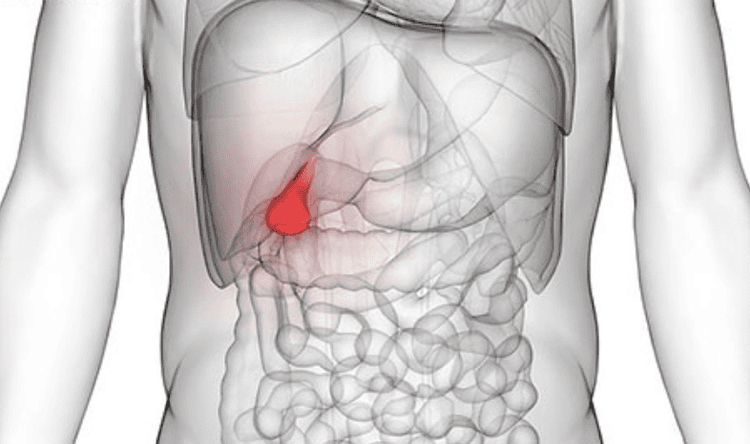
Chảy máu đường mật có thể gây viêm túi mật
5. How is biliary bleeding treated?
The treatment of biliary tract bleeding depends on the clinical condition of the patient, the degree and intensity of the biliary tract bleeding as well as the underlying medical condition, from which the doctor will recommend conservative treatment or surgery.5.1. Conservative treatment
Transfusion of blood and fluids. Antibiotics, hemostatic drugs. Ensure good resuscitation measures.
Dùng kháng sinh để điều trị chảy máu đường mật
5.2. Surgical treatment (open surgery or laparoscopic surgery)
Currently, the most common treatment for biliary tract bleeding is embolization of a newly formed arterio-biliary fistula. Applied in cases such as: Severe biliary bleeding requiring blood transfusion, chronic biliary bleeding causing anemia and failure of conservative treatment. The effectiveness of this method is very good, the success rate is from 80-100% of the total number of patients treated. Besides, other surgical measures are also applied to treat the cause of biliary bleeding including:Open the common bile duct to remove stones, irrigate and drain Kehr. Ligation of the hepatic artery if bleeding continues. Cholecystectomy if bleeding is due to this cause. Hepatectomy if the damage is localized to one lobe of the liver, hepatobiliary hemorrhagic hepatitis C abscess is a dangerous medical condition that can cause death due to massive blood loss. Therefore, timely examination, diagnosis and treatment play a crucial role in the patient's prognosis.
Vinmec International General Hospital is a general hospital with the function of examining and treating hepatobiliary diseases and many other diseases. At Vinmec, endoscopic diagnosis and treatment with modern medical methods not only bring high efficiency but also minimize complications of recurrence. The great success is because Vinmec is always fully equipped with modern facilities, examination and treatment procedures are performed by a team of experienced and qualified doctors that will bring about treatment results. optimal for customers.
Please dial HOTLINE for more information or register for an appointment HERE. Download MyVinmec app to make appointments faster and to manage your bookings easily.




